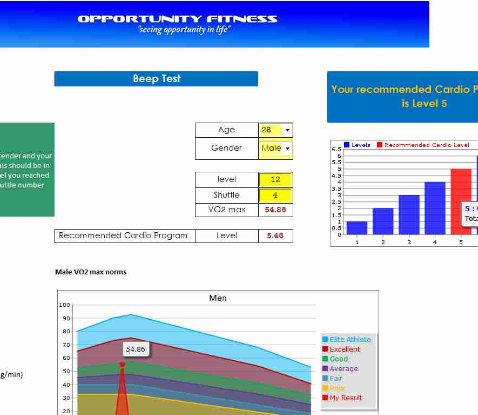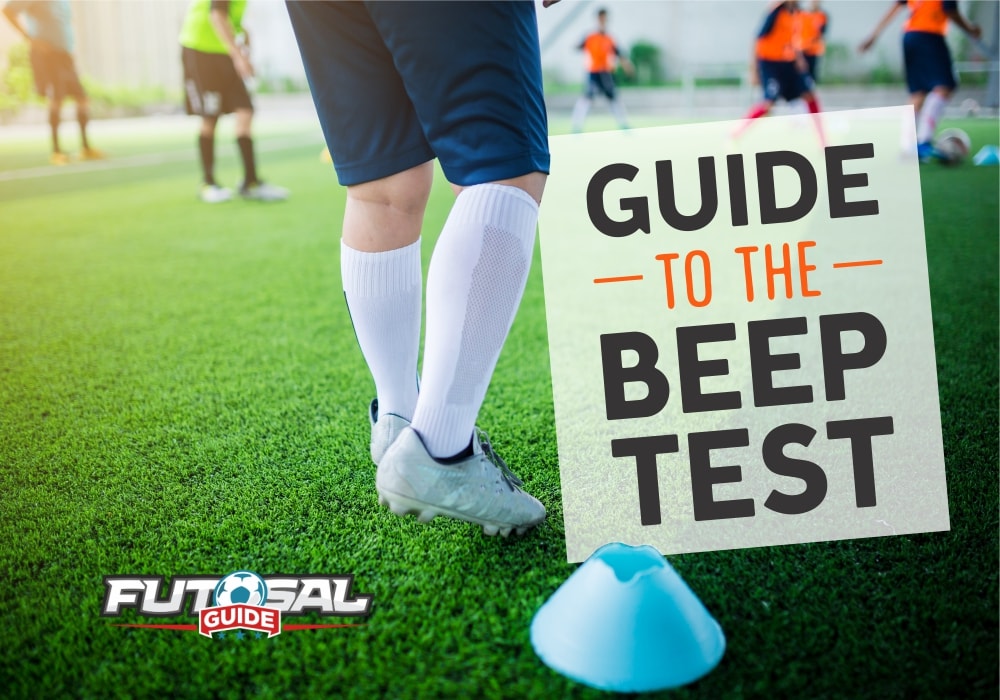

This allows them to get a better understanding of their abilities so they can finish with no energy in the tank and it all on the track. This is particularly important in children developing their sense of pace, as well as the runner who often find themselves with energy to burn at the end of a race. The Beep Test also allows participants to gain an understanding of pace.

Not only can you target the 3 energy systems, but it is also relatively easy to assess a large group and inexpensive. This energy system tends to lack in power to preserve for distance.

It preserves as much energy as possible to sustain a long duration of running. Aerobic – This system is for marathon and cross country runners.It allows you to have had a sustained amount of power while holding for a longer duration than a sprint, think a mile run. Anaerobic Glycolytic – This energy system is a combination of power and efficiency.

It is explosive in nature and packed full of power, however, it is short in duration and extremely fast to fatigue.
Anaerobic Alactic – This energy system is most commonly used by sprinters. The Beep Test is actually great for measuring the 3 energy systems, as it combines each of them into a single assessment. This is an introduction, guide and how to prepare for a Beep Test. It is very popular due to its ability to test a large number of candidates with minimal equipment. It is commonly used for maximal running aerobic fitness assessment as you can see how quickly your body is able to recover after running and how many stages you are able to complete. The Beep Test is a 20m multistage fitness test. The original test article by Legar and Lambert described a protocol of stages every 2 minutes, later that was reduced to the 1-minute stages we go by today. The Beep Test evolved from this by reducing the area required and making it possible for the test to be conducted indoors (this allows environmental conditions to be controlled). This test was conducted around 400m running track and the pace was increased every 2 minutes by audio cues. You may have heard of the Beep test, Shuttle run or the Bleep test, It was first introduced in 1982 and developed from the University Of Montreal Track Test.








 0 kommentar(er)
0 kommentar(er)
